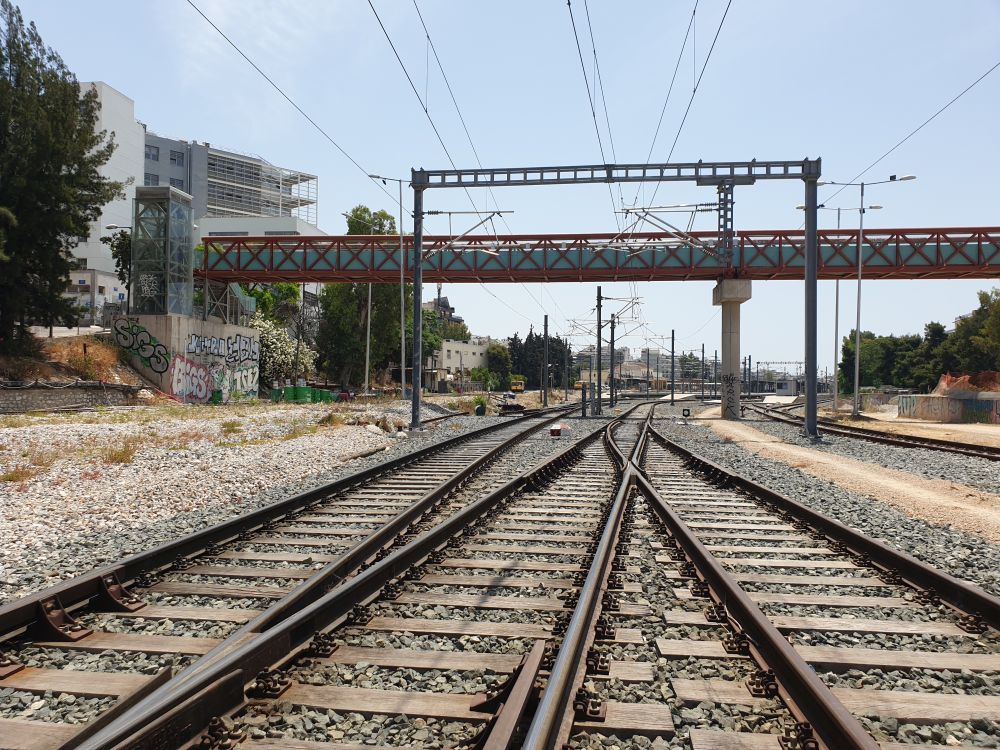When Greece was planning its infrastructure in the early 2000s, highways featured prominently. The dilemma between roads and railways did not exist because definitively in 2005 there was a separation between these two infrastructures.
The roads took the course of concession and the railways continued to be built piece by piece with money from the European Structural Funds (NSRF). Twenty years later and given this decision, we see the result of those decisions.
The country’s completed and operational highway network is not only adequate and efficient but also coherent. Our highways today have nothing to envy from other advanced networks in European countries. Now what the country is doing, is adding extensions to supplement this network in areas that were left out during the past 15 years.
Roads and railways are a different story
On the contrary, the railways, following the recipe of the NSRF, did not succeed in the same way. Even today as we speak, only the Athens-Thessaloniki and Athens-Kiato sections have a double electrified line in the long-distance network. The projects that were executed during the previous 30 years suffered from the divisions as the multiple contracts in each department did not allow their effective implementation and above all their completion.
This model was also accompanied by the lukewarm will to finish these projects on time or even with a delay, and we saw contracts bog down and turn into a long-term race, but again without the desired results.
So putting it on the scale in terms of integrated and functional infrastructure, the road infrastructure is by far the “winner”. The question is no longer whether we will continue to build roads or railways, there will always be new needs for both means of transport. The point is to bring the railway up to the level that we have reached with the highways.
The new generation of railway projects launched by ERGOSE at this time through NSRF together with the package of projects with a competitive dialogue, totaling close to 5 billion euros, gives hope that the railway will be able to approach the level in the next ten years of road infrastructure.
In this, we have the great fortune – or coincidence if you like – that the European Union has given absolute priority to trains and is reviving the golden age of the railways. Night trains in Central Europe are coming back and there are more and more such routes between major European cities. It is also known that in the road-railway dilemma, the E.U. prefers the latter as the railway also has greater environmental benefits.
This means more money for this transport, just when we need it. In addition to the above projects, the E.U. has already approved 15.5 million euros for studies concerning the new Kalambaka-Ioannina-Igoumenitsa line of approximately 155 kilometers, the first railway line to reach Epirus.
The need to modernize the stations
With these conditions, we are in a period where, with the necessary planning, Greece will be able to adequately cover the provincial territories by rail in a 10 year period, revive railway lines like those in the Peloponnese, and turn the world back to this mean of transport that in this country of ours is -unfortunately- not popular.
Other factors also contribute to this. On the highways, safety, speed and road amenities won us over. This modernization and modern conditions are a compass for the railway as well.
Railways are at a disadvantage in this too. The railway infrastructure for the reception of passengers is outdated – at best -. The central stations in Athens and Thessaloniki, as well as some other important stations such as the one in Larissa, do not resemble modern European passenger reception and service areas and certainly do not meet the modern requirements as they have been developed in all of Europe.
As in the case of airports, central stations have been transformed into bustling shopping malls. Our stations are reminiscent of another era and certainly cannot live up to the vision of a modern rail network that will attract passengers and that will eventually be able to compete with road and air transport.
In this unique situation and given the needs of the country, we are “super lucky”. With the necessary funds looking easily accessible and the effective promotion of rail projects, we can hope exactly for what we have hoped for, the roads, back in the 2000s.
That in some years from now we will go to modern stations, board modern trains and travel to our destination in comfort, speed and safety. This dream has now the chance to come true.
ΜΗΝ ΞΕΧΑΣΕΤΕ
- Ακολουθήστε το ypodomes.com στο Google News και μάθετε πρώτοι όλες τις ειδήσεις για τις υποδομές στην Ελλάδα
- Δείτε την εταιρική μας σελίδα στο LinkedIn
- Εγγραφείτε στο Newsletter μας, για να λαμβάνετε κάθε εβδομάδα στο email σας τα δημοφιλή άρθρα μας
